Home>Home Appliances>Home Automation Appliances>What Does The Thermostat Housing Do
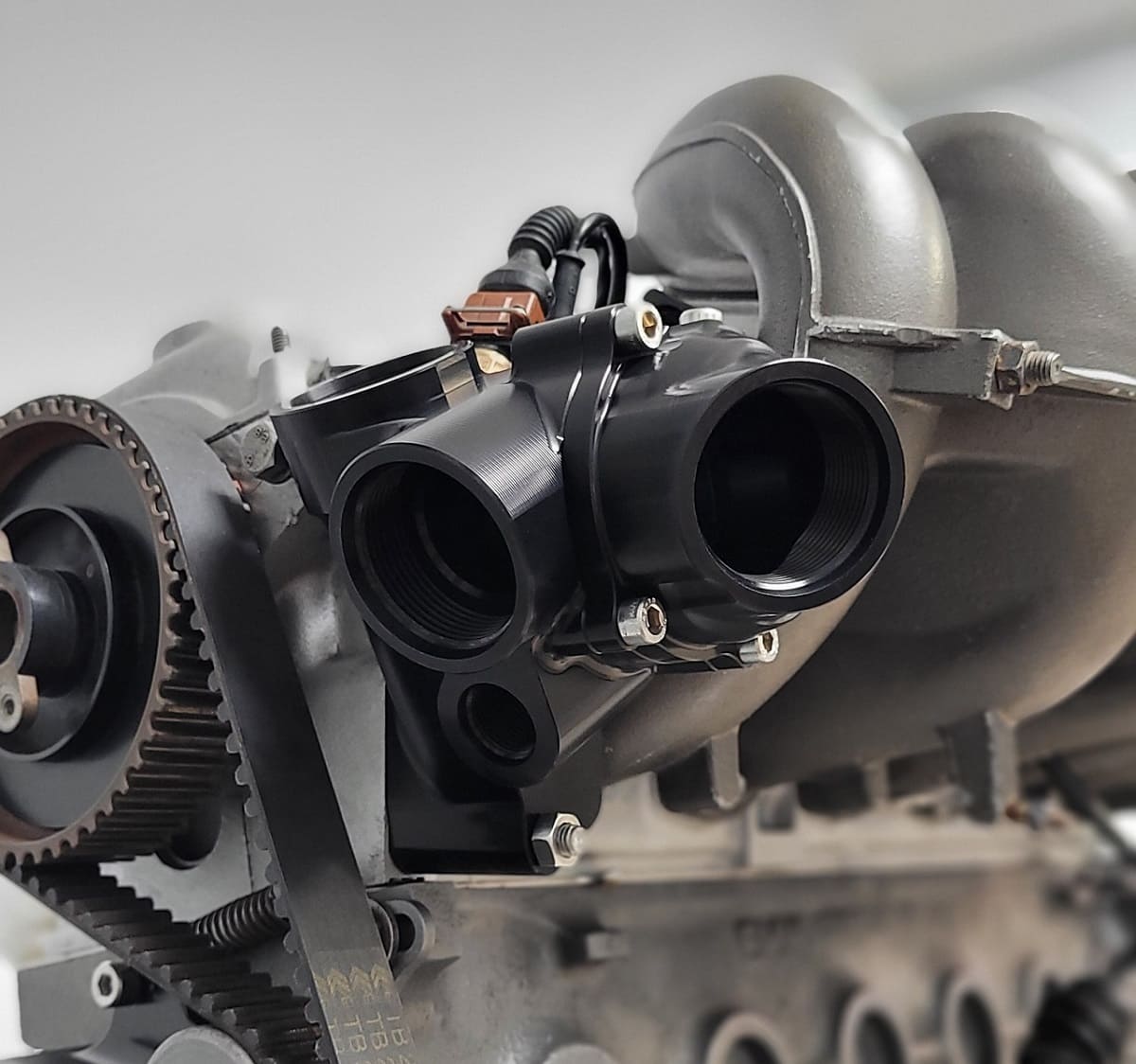

Home Automation Appliances
What Does The Thermostat Housing Do
Modified: January 4, 2024
Learn how the thermostat housing in home automation appliances helps regulate temperature and optimize energy efficiency. Discover its functions and importance.
(Many of the links in this article redirect to a specific reviewed product. Your purchase of these products through affiliate links helps to generate commission for Storables.com, at no extra cost. Learn more)
Introduction
Welcome to the heart of your home's heating and cooling system! The thermostat housing is a crucial component that plays a pivotal role in maintaining the optimal temperature of your living space. Whether it's the dead of winter or the peak of summer, the thermostat housing diligently regulates the temperature, ensuring your comfort and well-being. In this comprehensive guide, we will delve into the inner workings of the thermostat housing, unraveling its functions, components, and the telltale signs of potential issues. Additionally, we will explore the significance of this unassuming yet indispensable part of your home's HVAC system. So, let's embark on a journey to uncover the mysteries of the thermostat housing and gain a deeper understanding of its vital role in keeping your home environment cozy and comfortable.
Key Takeaways:
- The thermostat housing is like a bodyguard for the engine’s temperature regulator, keeping it safe and helping it work properly. It’s important to check for leaks and damage to keep the engine running smoothly.
- Keeping an eye on the thermostat housing and getting it checked by a professional when needed helps ensure the engine stays cool and the car runs well. It’s like giving the engine a cozy home to live in!
Read more: What Does A Water Pump Do In A House
Function of the Thermostat Housing
The thermostat housing serves as a protective enclosure for the thermostat, which is responsible for regulating the temperature of the engine in a vehicle. The primary function of the thermostat housing is to provide a secure and sealed environment for the thermostat to operate effectively. This enclosure ensures that the thermostat can function optimally by protecting it from external elements and maintaining a consistent operating temperature.
Furthermore, the thermostat housing facilitates the connection between the engine's cooling system and the thermostat. It houses the thermostat in close proximity to the engine, allowing it to monitor the engine's temperature accurately. This setup enables the thermostat to respond swiftly to temperature changes, thereby regulating the flow of coolant to prevent the engine from overheating or operating at suboptimal temperatures.
Essentially, the thermostat housing acts as a guardian for the thermostat, shielding it from the harsh conditions within the engine compartment. By creating a stable environment for the thermostat, the housing ensures that it can carry out its vital task of maintaining the engine's temperature within the optimal range, promoting efficient combustion and overall engine performance.
Components of the Thermostat Housing
The thermostat housing comprises several integral components that work in unison to safeguard the thermostat and facilitate its seamless operation. These components include:
- Housing Body: The main structure of the thermostat housing, typically constructed from durable materials such as aluminum or cast iron, provides a robust enclosure for the thermostat. It is designed to withstand the rigors of the engine environment while maintaining a secure environment for the thermostat.
- Gasket: A crucial component that forms a tight seal between the thermostat housing and the engine, preventing coolant leaks and ensuring efficient thermal regulation. The gasket is often made of high-quality rubber or silicone to withstand the temperature and pressure variations within the engine compartment.
- Thermostat: The central component housed within the thermostat housing, responsible for monitoring the engine's temperature and regulating the flow of coolant. The thermostat utilizes a temperature-sensitive valve to modulate the coolant flow, adjusting it according to the engine's thermal requirements.
- Mounting Bolts or Studs: These fasteners secure the thermostat housing to the engine, ensuring a tight and reliable connection. They play a crucial role in maintaining the integrity of the housing assembly and preventing coolant leaks.
- Water Inlet/Outlet Ports: These openings in the thermostat housing facilitate the ingress and egress of coolant, allowing the regulated flow of coolant to and from the engine. The design and positioning of these ports are optimized to ensure efficient coolant circulation and heat dissipation.
These components collaborate to form a cohesive unit that not only shelters the thermostat but also enables it to perform its vital function of regulating the engine's temperature. The synergy between these elements is essential for maintaining the overall health and performance of the engine's cooling system.
Importance of the Thermostat Housing
The thermostat housing holds significant importance in the efficient operation of a vehicle’s cooling system. Its role extends beyond providing a protective enclosure for the thermostat, encompassing several critical functions that contribute to the overall performance and longevity of the engine. Understanding the importance of the thermostat housing sheds light on its indispensable role in maintaining optimal engine temperature and safeguarding the entire cooling system.
Regulation of Engine Temperature: The thermostat housing plays a pivotal role in regulating the engine’s operating temperature. By housing the thermostat in close proximity to the engine, it enables the thermostat to monitor the temperature accurately and respond promptly to fluctuations. This precise regulation of temperature ensures that the engine operates within the optimal range, promoting efficient combustion and minimizing wear and tear on engine components.
Protection of the Thermostat: One of the primary functions of the thermostat housing is to shield the thermostat from the harsh conditions within the engine compartment. It provides a secure and stable environment for the thermostat to operate, safeguarding it from exposure to contaminants, extreme temperatures, and mechanical stress. This protection is essential for preserving the integrity and functionality of the thermostat, thereby ensuring consistent and reliable temperature regulation.
Prevention of Coolant Leaks: The thermostat housing, equipped with a high-quality gasket, forms a tight seal with the engine, effectively preventing coolant leaks. This seal not only maintains the integrity of the cooling system but also preserves the coolant supply, preventing wastage and potential overheating. By containing the coolant within the system, the thermostat housing contributes to the overall efficiency and reliability of the vehicle’s cooling mechanism.
Facilitation of Coolant Circulation: Through its water inlet and outlet ports, the thermostat housing facilitates the controlled circulation of coolant to and from the engine. This regulated flow of coolant is essential for dissipating excess heat generated during engine operation. By optimizing coolant circulation, the thermostat housing aids in maintaining the engine’s temperature equilibrium and preventing overheating, thereby preserving the engine’s performance and longevity.
The collective impact of these functions underscores the critical importance of the thermostat housing in ensuring the smooth and efficient operation of a vehicle’s cooling system. Its contributions to temperature regulation, thermostat protection, leak prevention, and coolant circulation are indispensable for sustaining the overall health and performance of the engine, underscoring its status as a vital component within the vehicle’s mechanical framework.
The thermostat housing is a component of the engine cooling system that holds the thermostat in place. It helps regulate the flow of coolant to maintain the engine’s optimal operating temperature. Regular maintenance and inspection of the thermostat housing can help prevent overheating and potential engine damage.
Signs of a Faulty Thermostat Housing
Identifying potential issues with the thermostat housing is crucial for maintaining the optimal performance and longevity of a vehicle’s cooling system. Several telltale signs can indicate a faulty thermostat housing, signaling the need for prompt inspection and potential replacement. Recognizing these indicators empowers vehicle owners to address underlying issues proactively, preventing potential damage and ensuring the continued reliability of the cooling mechanism.
- Coolant Leaks: One of the most apparent signs of a faulty thermostat housing is the presence of coolant leaks around the housing unit. These leaks may manifest as visible drips or puddles of coolant beneath the engine compartment. A compromised gasket or a crack in the housing can lead to these leaks, necessitating immediate attention to prevent coolant loss and potential engine overheating.
- Engine Overheating: A malfunctioning thermostat housing can disrupt the regulated flow of coolant, leading to inadequate heat dissipation and, consequently, engine overheating. If the engine consistently registers higher-than-normal temperatures, it may indicate a fault in the thermostat housing, prompting the need for thorough inspection and potential replacement.
- Erratic Temperature Gauge Readings: Fluctuating or inconsistent readings on the vehicle’s temperature gauge can signal underlying issues with the thermostat housing. These irregularities may stem from compromised thermostat housing components, affecting the accurate monitoring and regulation of the engine’s temperature. Addressing these erratic readings promptly can help prevent potential engine damage associated with overheating or suboptimal operating temperatures.
- Visible Cracks or Damage: A visual inspection of the thermostat housing may reveal visible cracks, warping, or other forms of damage. These physical manifestations can compromise the housing’s integrity, leading to coolant leaks and inadequate thermostat protection. Identifying such damage warrants immediate attention and potential replacement of the thermostat housing to prevent further deterioration.
- Reduced Cabin Heating or Cooling: In vehicles equipped with a heater core connected to the engine’s cooling system, a faulty thermostat housing can disrupt the flow of hot coolant to the heater core, leading to reduced cabin heating capabilities. Similarly, compromised coolant circulation can affect the efficiency of the vehicle’s air conditioning system. These symptoms may indicate underlying issues with the thermostat housing, necessitating thorough assessment and potential replacement.
Recognizing these signs of a faulty thermostat housing empowers vehicle owners to address potential issues proactively, preserving the integrity and efficiency of the vehicle’s cooling system. Timely inspection and, if necessary, replacement of the thermostat housing can mitigate the risk of coolant leaks, engine overheating, and associated damage, ensuring the continued reliability and performance of the vehicle’s engine and cooling mechanism.
Read more: What Does A Thermostat Do If It Gets Too Hot
Maintenance and Replacement of the Thermostat Housing
Proactive maintenance and, if necessary, timely replacement of the thermostat housing are essential for sustaining the optimal performance and longevity of a vehicle’s cooling system. By adhering to recommended maintenance practices and promptly addressing potential issues, vehicle owners can ensure the continued reliability and efficiency of the thermostat housing, thereby safeguarding the overall health of the engine’s cooling mechanism.
Regular Inspection: Periodic visual inspections of the thermostat housing and its associated components are crucial for detecting potential issues early. Checking for visible signs of damage, such as cracks, warping, or coolant leaks, can help identify impending problems and prompt the necessary corrective measures.
Coolant System Evaluation: Regular assessment of the vehicle’s coolant system, including the thermostat housing, gasket, and associated connections, is vital for ensuring optimal performance. Addressing any coolant leaks, irregularities in temperature regulation, or reduced coolant circulation promptly can prevent potential damage and maintain the integrity of the cooling system.
Gasket Maintenance: The thermostat housing’s gasket plays a critical role in forming a reliable seal with the engine, preventing coolant leaks and maintaining efficient thermal regulation. Ensuring the gasket’s integrity and replacing it as part of routine maintenance can mitigate the risk of coolant leaks and associated issues.
Thermostat Housing Replacement: In the event of visible damage, coolant leaks, or compromised functionality, prompt replacement of the thermostat housing is imperative. Engaging a qualified technician to assess the housing’s condition and perform the necessary replacement procedures can prevent potential coolant leaks, engine overheating, and damage to the cooling system.
Professional Maintenance: Seeking professional maintenance services from certified technicians can provide comprehensive evaluation and maintenance of the thermostat housing and the entire cooling system. Qualified professionals can conduct thorough inspections, identify potential issues, and execute precise replacement procedures, ensuring the continued reliability and performance of the cooling mechanism.
Quality Replacement Parts: When replacing the thermostat housing, utilizing high-quality, OEM (Original Equipment Manufacturer) or equivalent replacement parts is crucial. Ensuring the compatibility and durability of the replacement components can contribute to the longevity and reliability of the cooling system, minimizing the risk of premature failures or performance issues.
By adhering to these maintenance practices and promptly addressing potential issues, vehicle owners can preserve the integrity and efficiency of the thermostat housing, thereby sustaining the optimal performance and longevity of the vehicle’s cooling system. Proactive maintenance and, when necessary, timely replacement of the thermostat housing are essential for safeguarding the engine’s overall health and ensuring continued reliability on the road.
Conclusion
The thermostat housing, though often overlooked, stands as a stalwart guardian of a vehicle’s cooling system, playing a pivotal role in maintaining optimal engine temperature and preserving the overall health of the engine. From providing a protective enclosure for the thermostat to facilitating the regulated flow of coolant, the thermostat housing’s significance cannot be overstated.
Understanding the functions, components, and importance of the thermostat housing empowers vehicle owners to recognize potential issues and undertake proactive maintenance measures. By identifying signs of a faulty thermostat housing and addressing them promptly, vehicle owners can mitigate the risk of coolant leaks, engine overheating, and associated damage, ensuring the continued reliability and efficiency of the cooling system.
Embracing regular inspection, gasket maintenance, and professional evaluation, vehicle owners can uphold the integrity of the thermostat housing and the entire cooling mechanism, fostering optimal engine performance and longevity. Timely replacement of the thermostat housing, utilizing high-quality replacement parts and professional services, is essential for sustaining the reliability and efficiency of the cooling system, safeguarding the engine’s well-being on the road.
As we conclude our exploration of the thermostat housing, let us recognize its unsung contributions to the smooth and efficient operation of the vehicle’s cooling system. By acknowledging its vital role and embracing proactive maintenance practices, vehicle owners can ensure that the thermostat housing continues to fulfill its duty as a stalwart defender of the engine’s well-being, preserving reliability and performance mile after mile.
Frequently Asked Questions about What Does The Thermostat Housing Do
Was this page helpful?
At Storables.com, we guarantee accurate and reliable information. Our content, validated by Expert Board Contributors, is crafted following stringent Editorial Policies. We're committed to providing you with well-researched, expert-backed insights for all your informational needs.
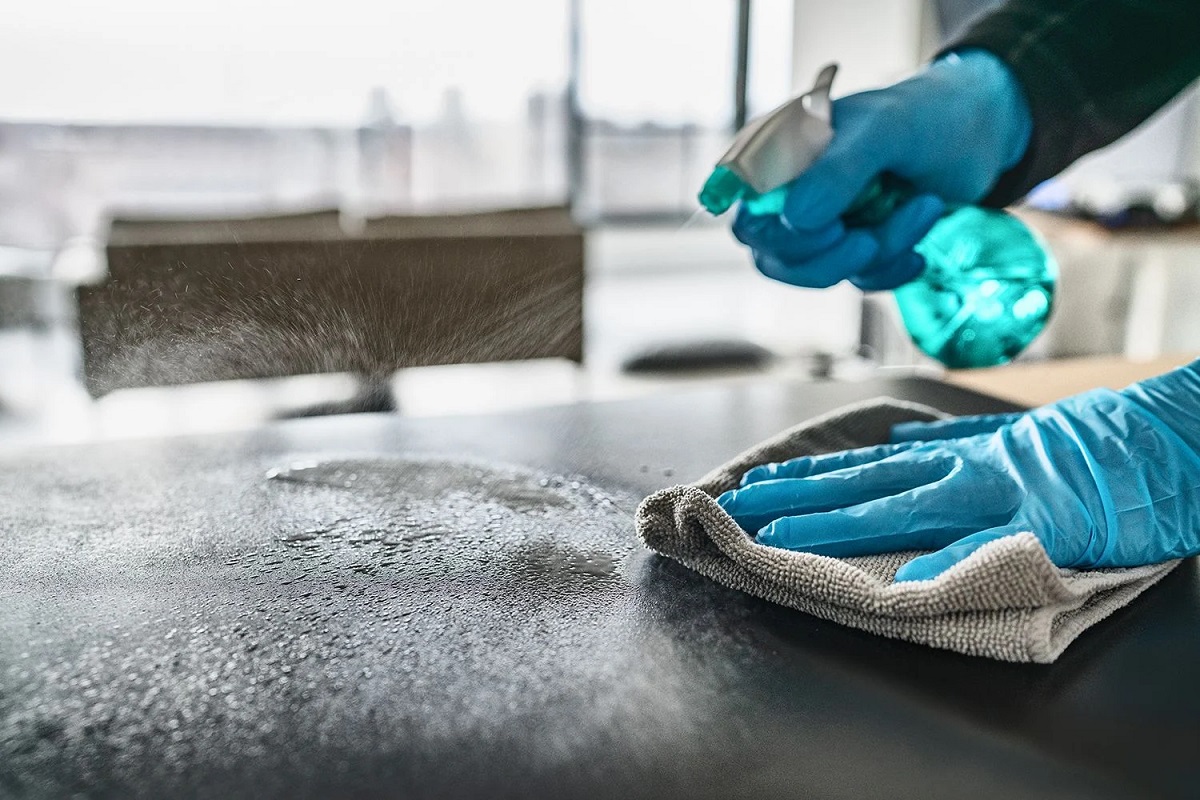
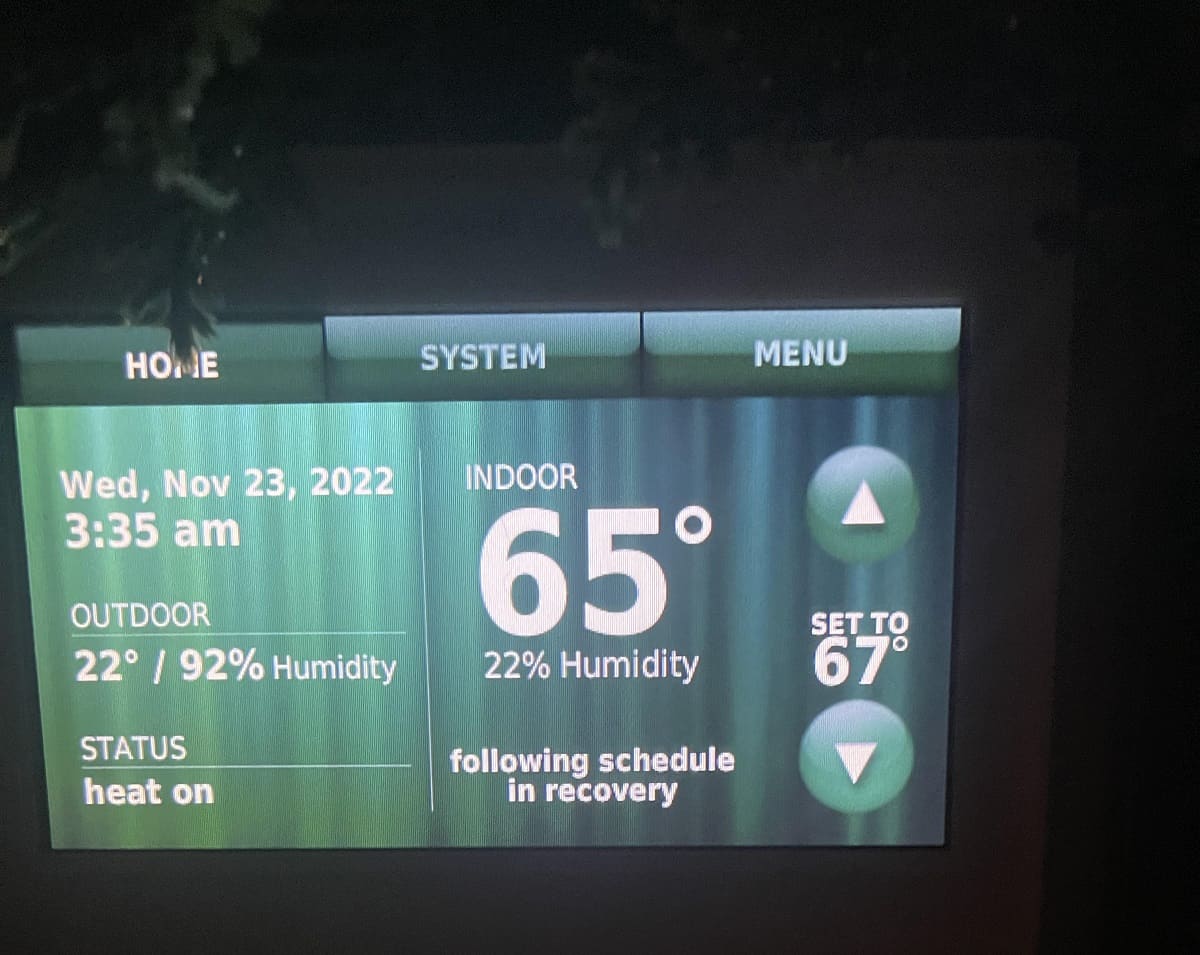
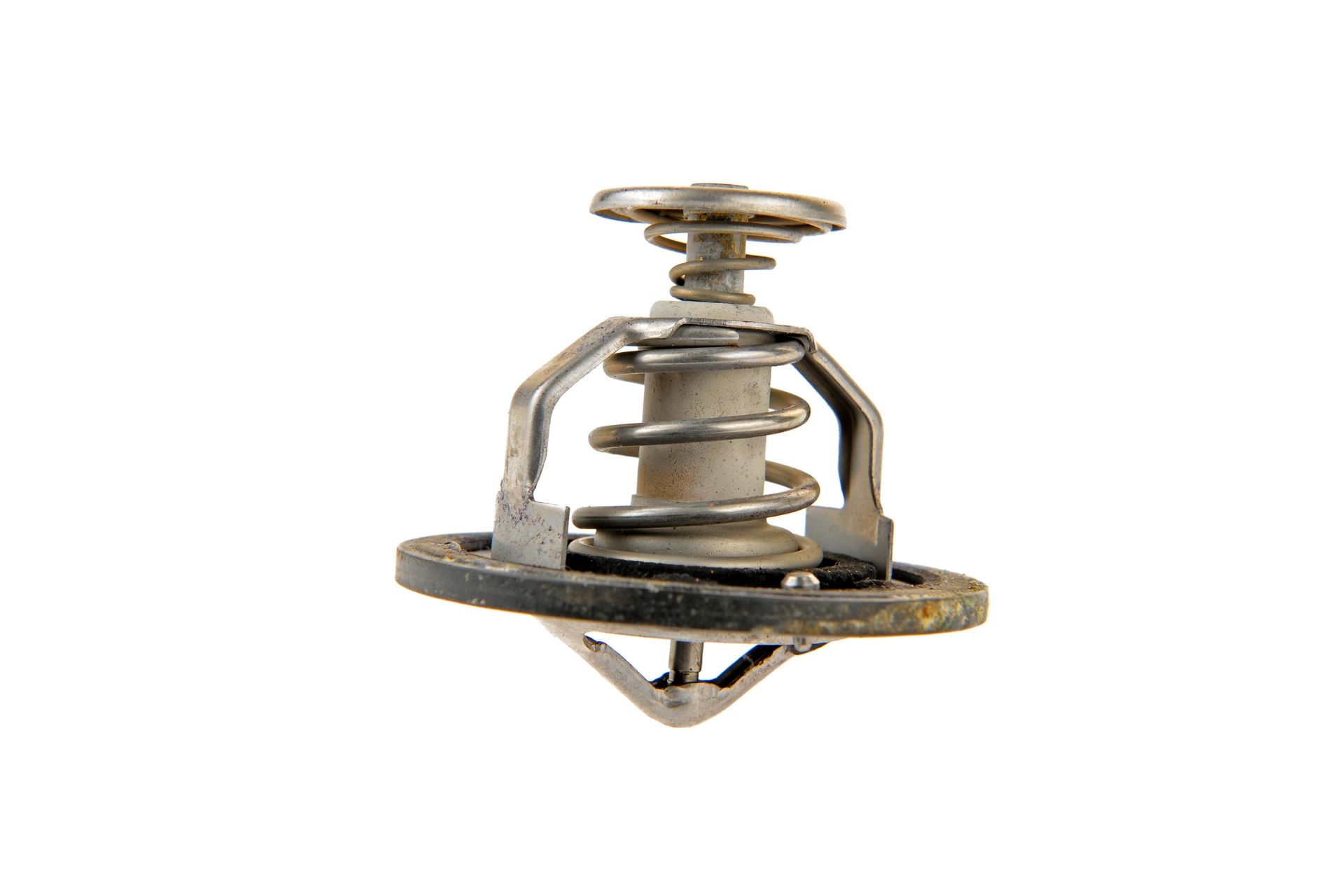
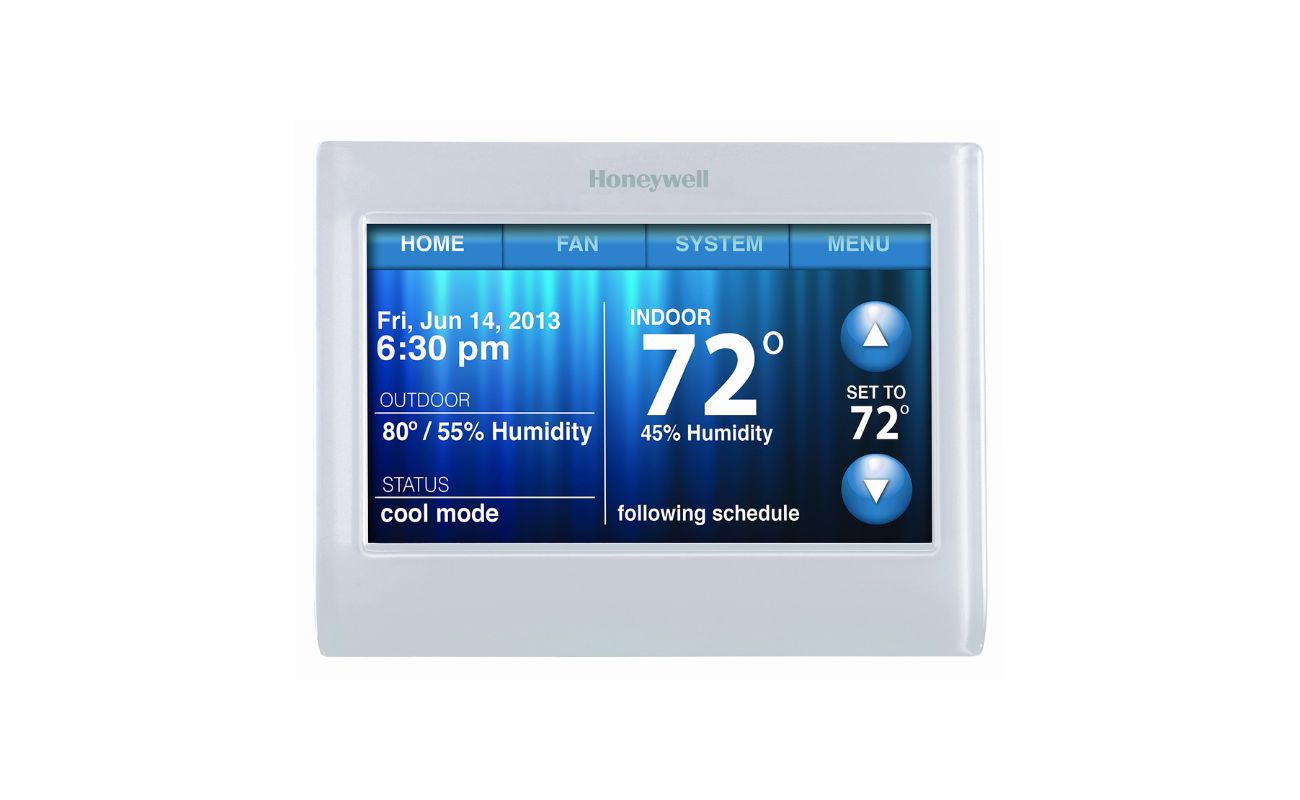



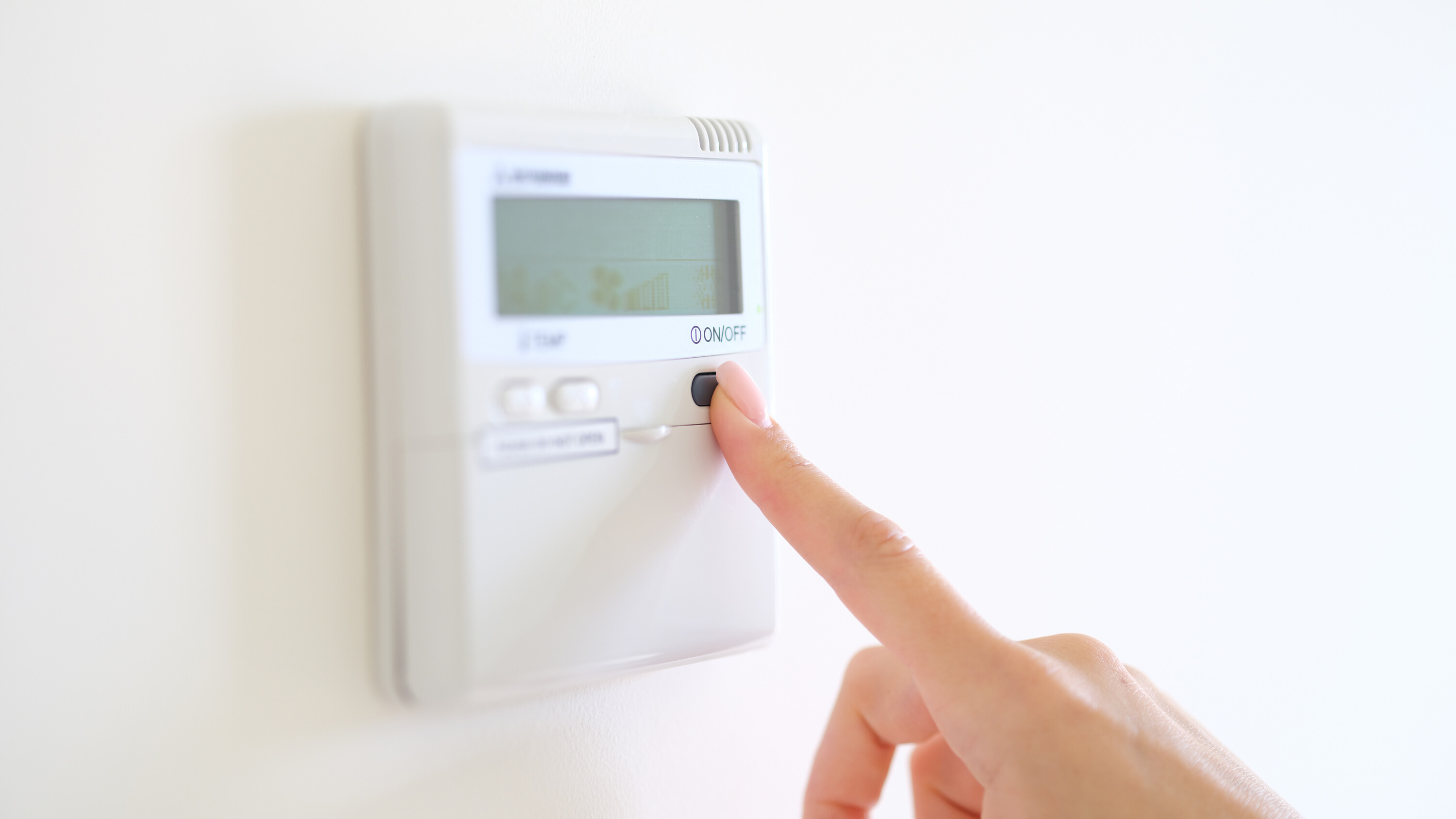
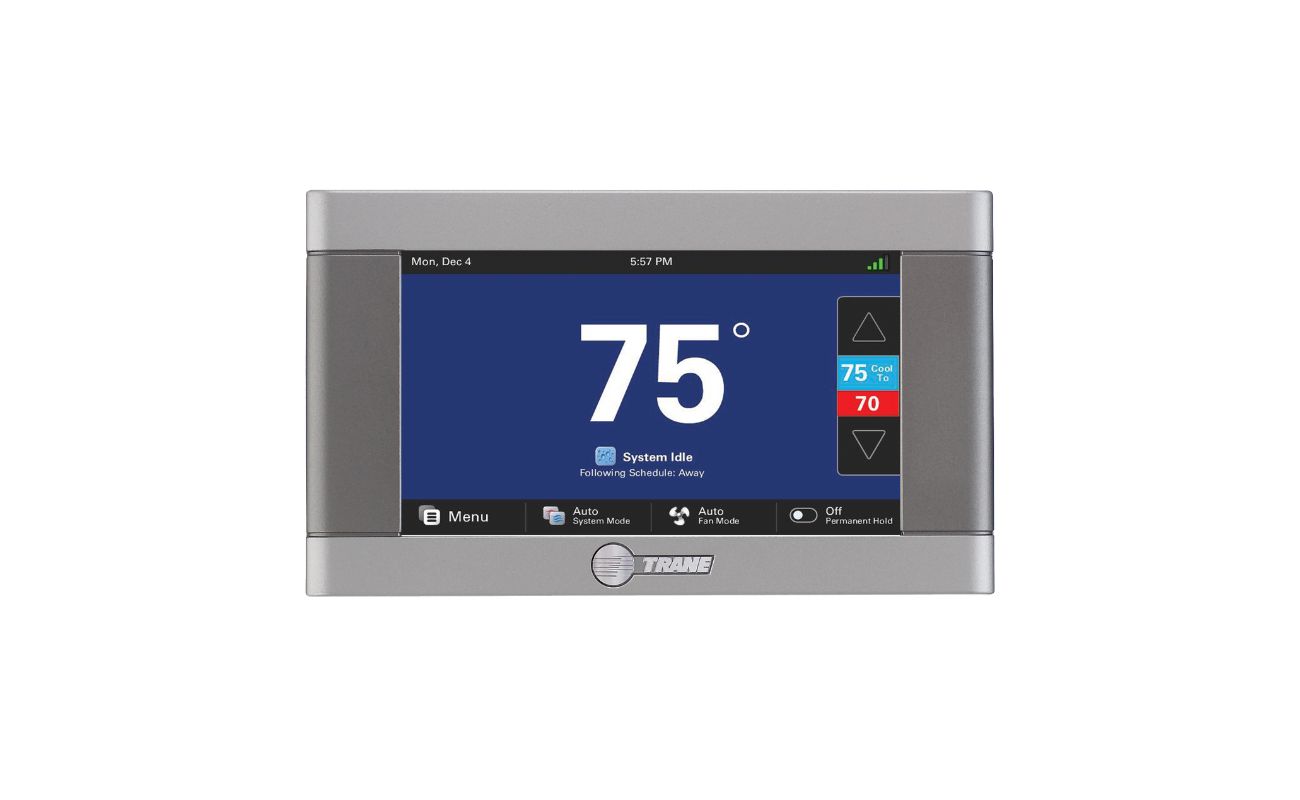
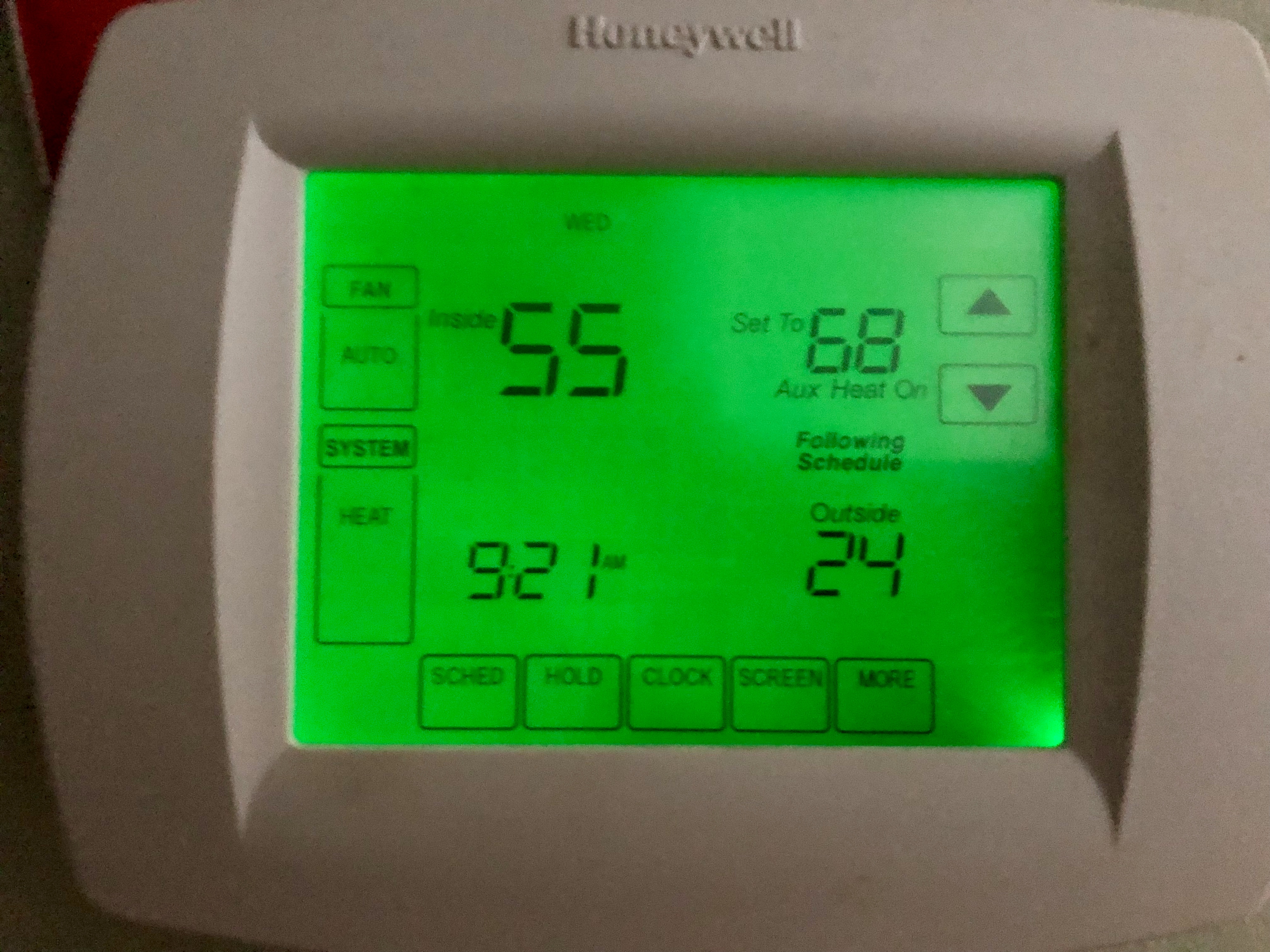



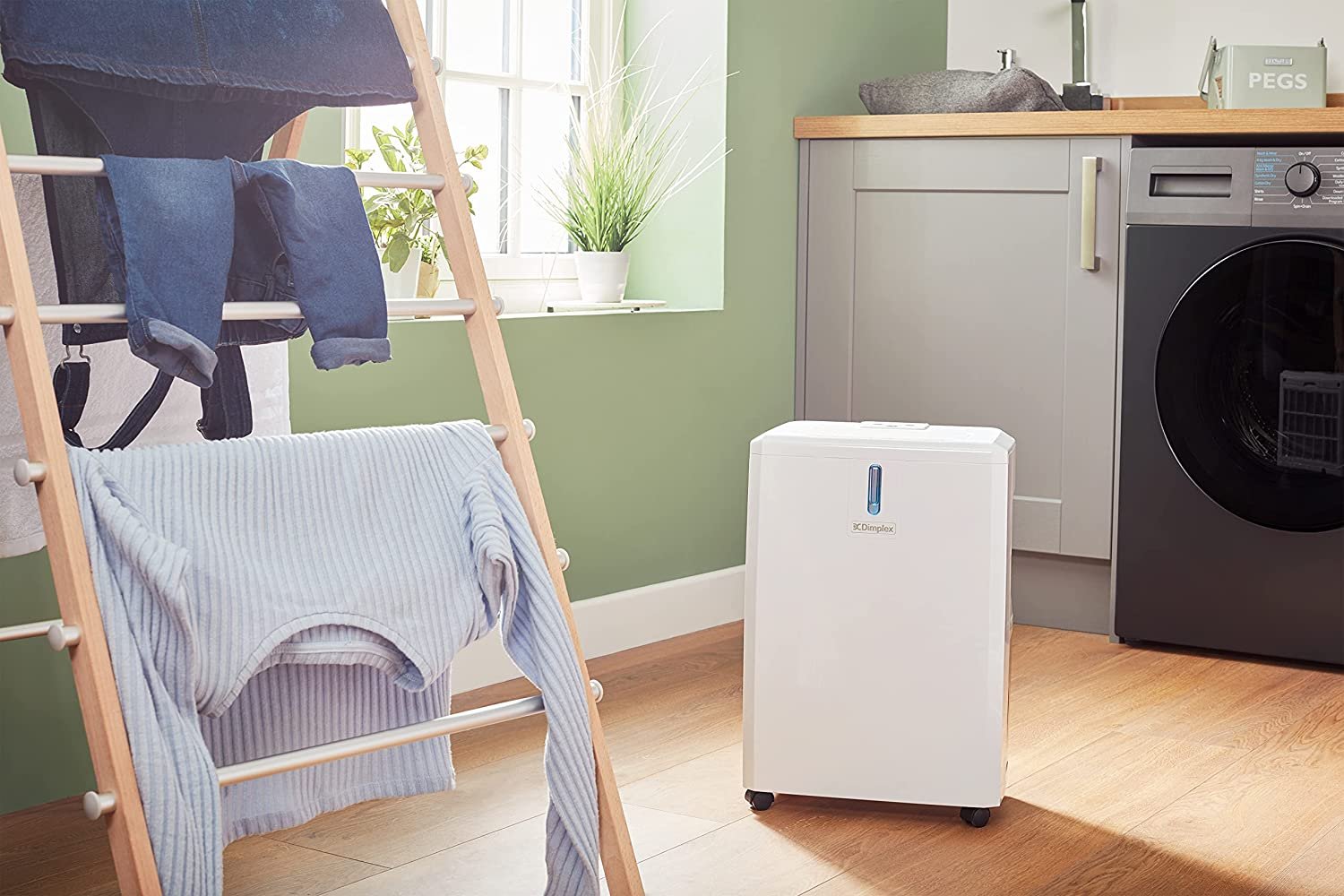

0 thoughts on “What Does The Thermostat Housing Do”